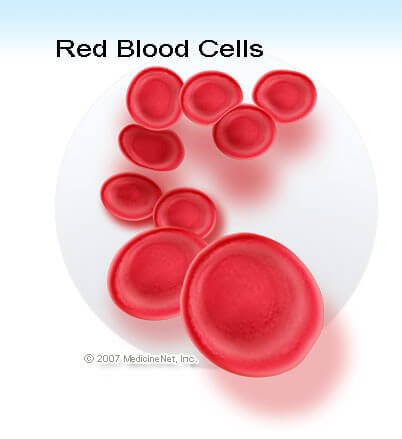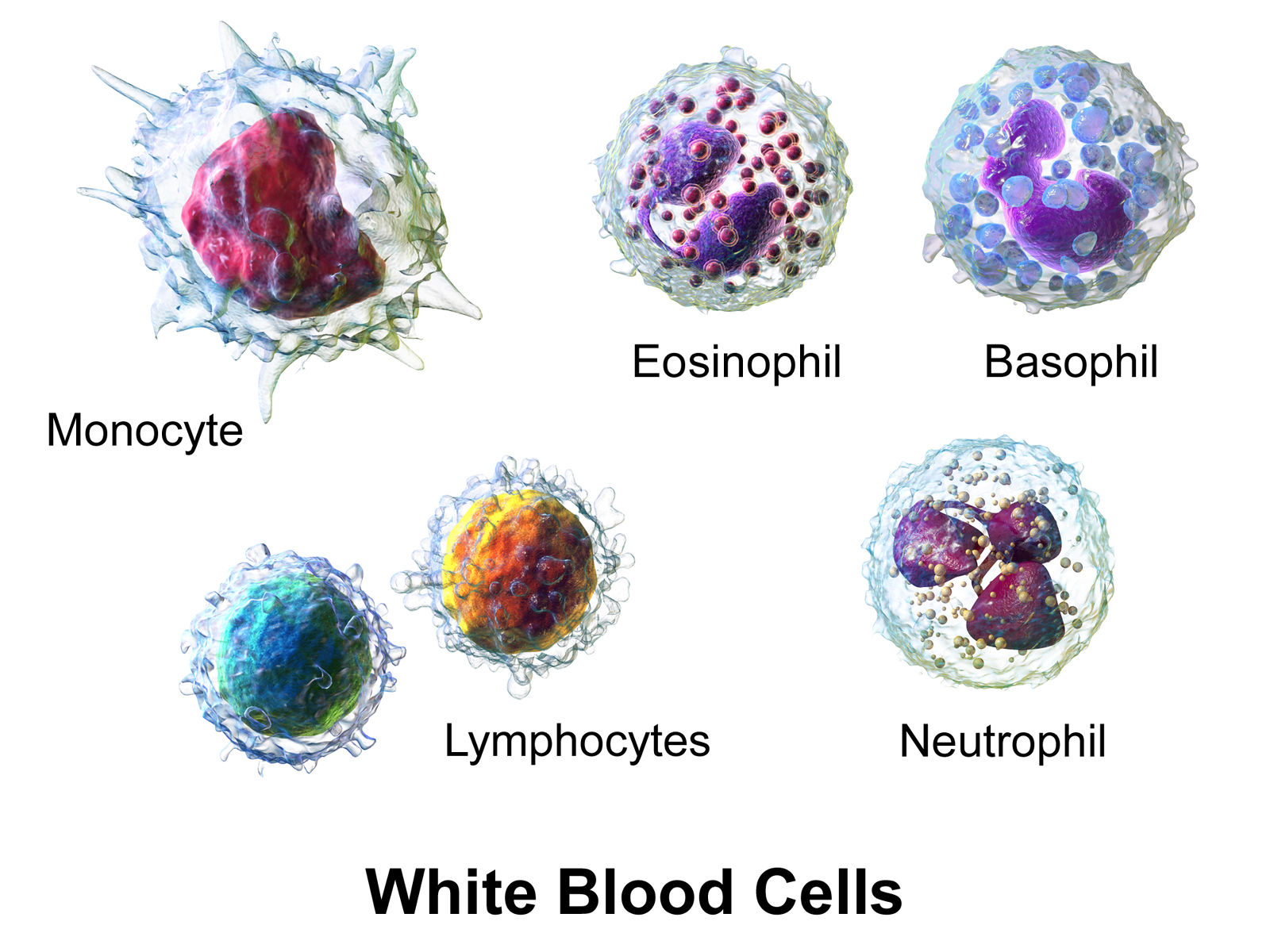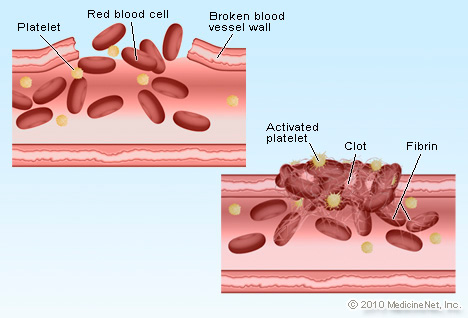Question #ded6d
1 Answer
Red blood cells
Explanation:
Red Blood Cells:
The cytoplasm of a red blood cell contain:
-
Haemoglobin
#to# #95%# (for dry weight) and about#35%# (if water is counted). -
Enzymes, salts and other proteins
#to# #5%#

https://www.medicinenet.com/script/main/art.asp?articlekey=5260
White Blood Cells or erthyrocytes:
WBCs don't contain any pigment.These are much larger in size than red blood cells. They are grouped into
-
Monocytes and neutrophils
#to# kill the invader microbes by damaging or digesting them by phagocytosis. -
Basophils
#to# produce heparin and histamine. Heparin inhibits clotting of blood. Histamine participates in allergic reactions. -
Lymphocytes
#to# provide immunity against disease. -
Eosinophils
#to# Inactivate inflammation producing subsances and attack parasites.

Platelets:
Platelets also don't contain any pigment.
-
Platelets don't have nucleus thus can't fit in the definition of cells.
-
These are fragments of large cells called megakaryocytes.
-
Platelets prevent bleeding by making blood clot at the site of injury.
These convert the soluble fibrinogen into insoluble fibrin . The fibrin protein enmesh the red blood cells and other platelets in the area of damaged tissue and ultimately forms clot which act as a temporary seal to prevent bleeding.

Hope it helps...

